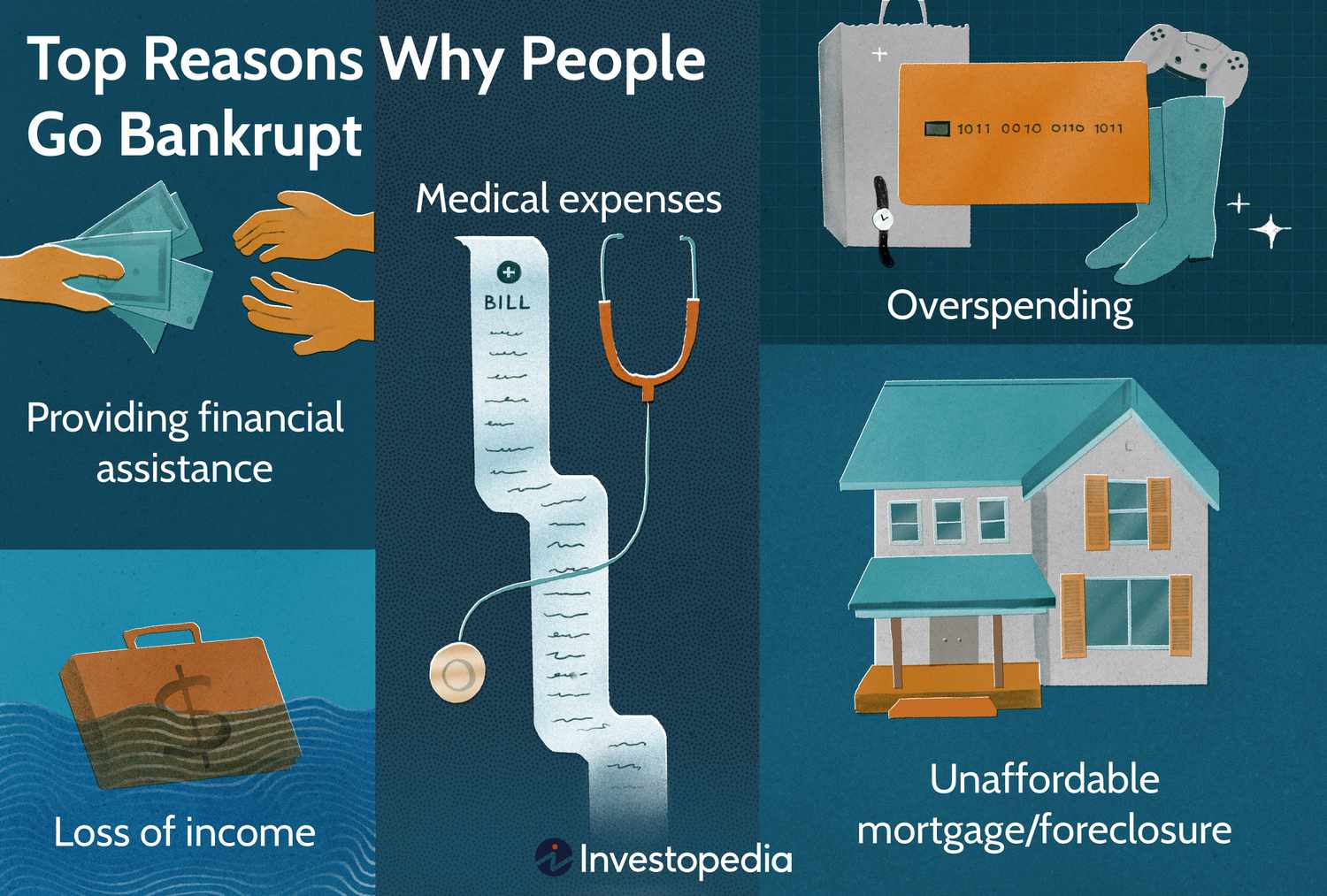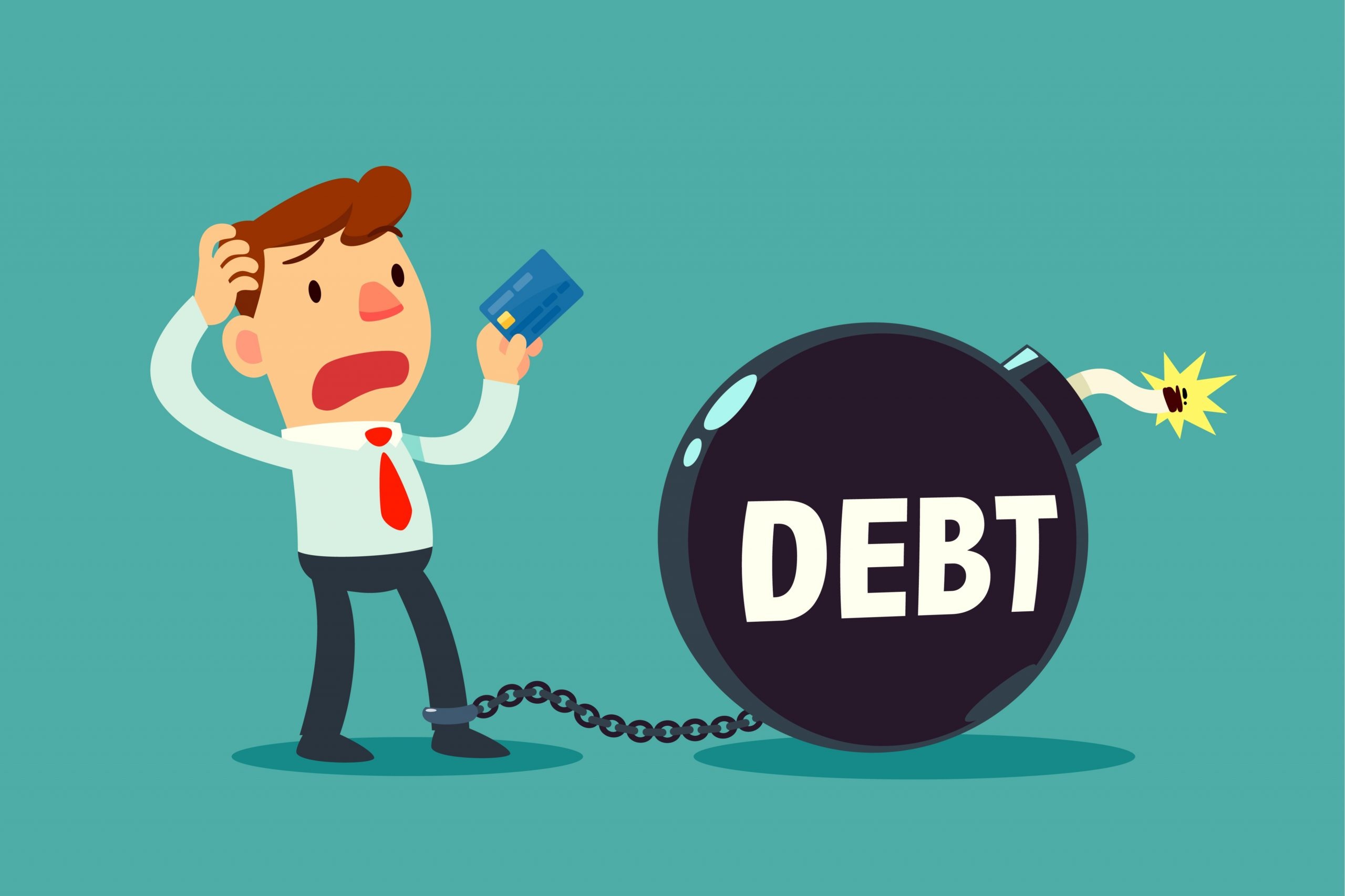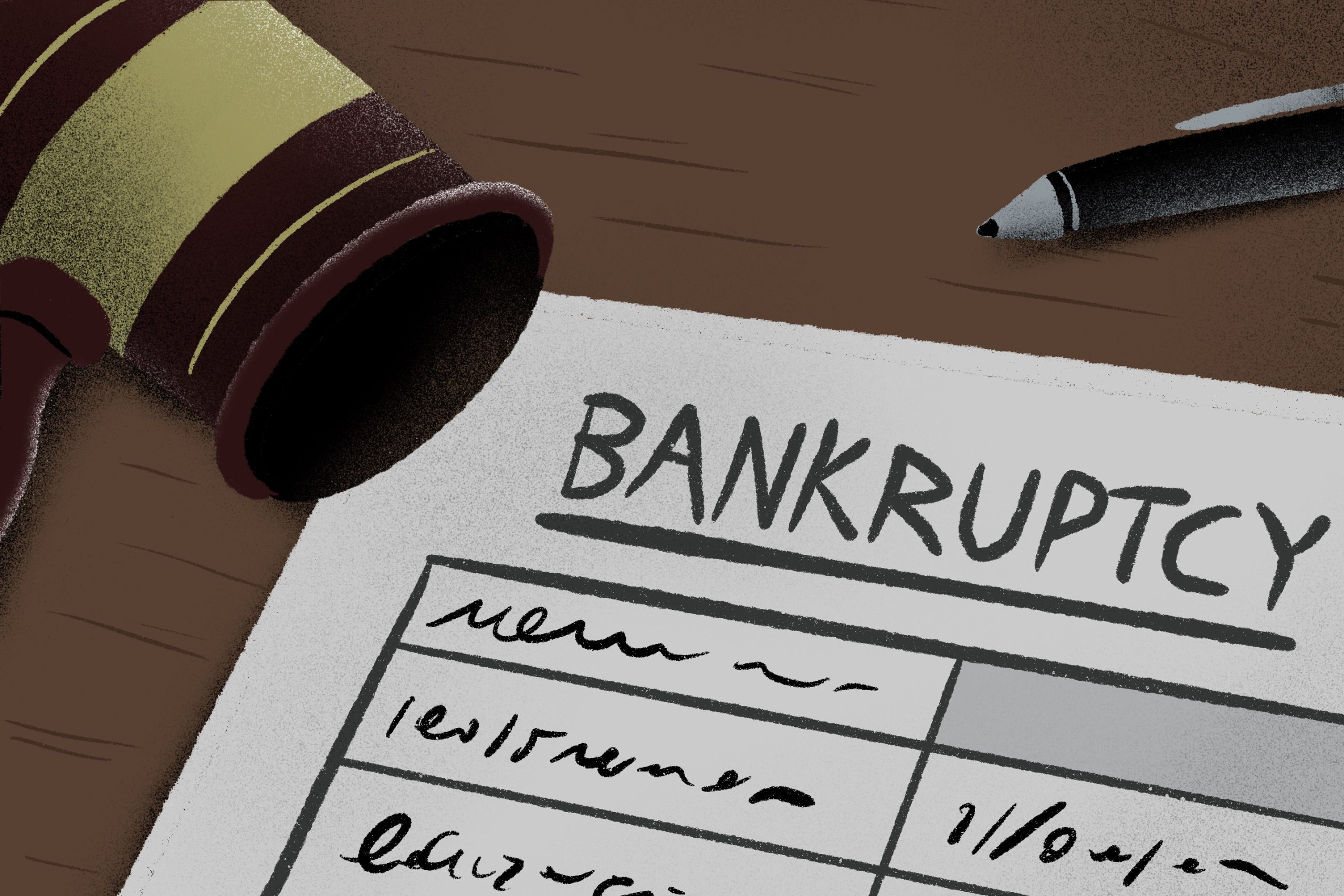In today’s shifting economic scenario, the specter of bankruptcy looms large for many companies still grappling with the aftershocks of the Covid-19 pandemic. As businesses go through financial turbulence, the fate of their stakeholders hangs in the balance.
When a publicly traded company files for bankruptcy protection, shareholders are thrust into a sphere of uncertainty, forced to confront pivotal decisions that could shape their financial future.
Recent years have seen a notable surge in bankruptcy filings, with industry giants such as WeWork, Rite Aid, and Bed, Bath & Beyond succumbing to financial distress.
The trend persists into 2024, with telecom firm Airspan Networks Holdings joining the ranks of companies seeking refuge in Chapter 11 bankruptcy.
Decisions, Risks, and Potential Rewards for Investors in Distressed Companies

The implications of bankruptcy reverberate throughout the corporate ecosystem, instilling fear in employees and casting doubt on the company’s viability.
Chapter 7 bankruptcy heralds the demise of a company, leaving shareholders to vie for a share of dwindling assets, if any remain. Conversely, Chapter 11 offers a glimmer of hope for restructuring and resurgence, albeit with inherent risks.

The plight of shareholders is underscored by their status as the last in line for financial redress. As secured creditors and unsecured creditors lay claim to liquidated assets and cash reserves, shareholders find themselves at the mercy of a precarious stock market.
While the immediate aftermath of bankruptcy may see stock prices plummet, there remains a possibility of eventual recovery and revitalization.

Shareholders must weigh the allure of potential gains against the specter of financial ruin. While the path forward may be fraught with peril, it also holds the promise of resilience and renewal for those willing to weather the storm.







Leave a Reply